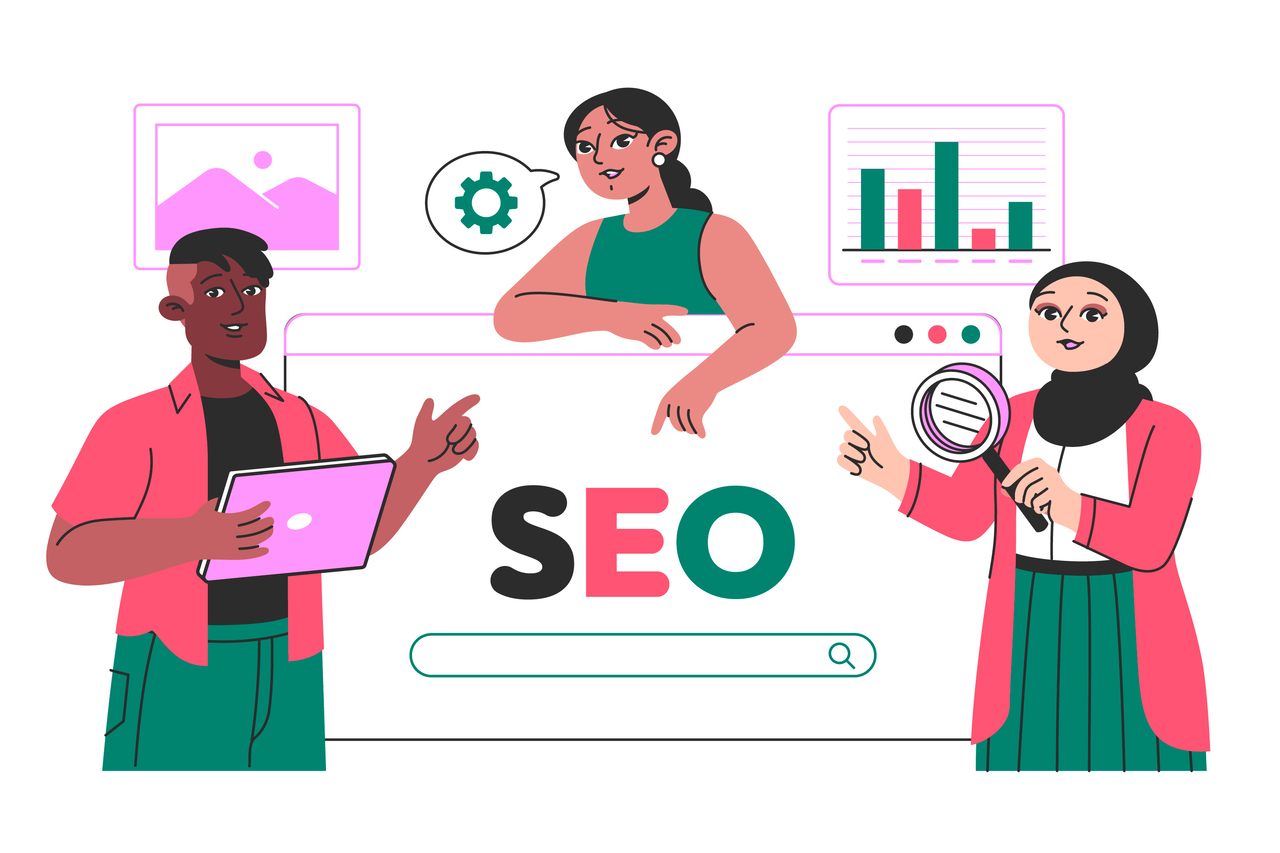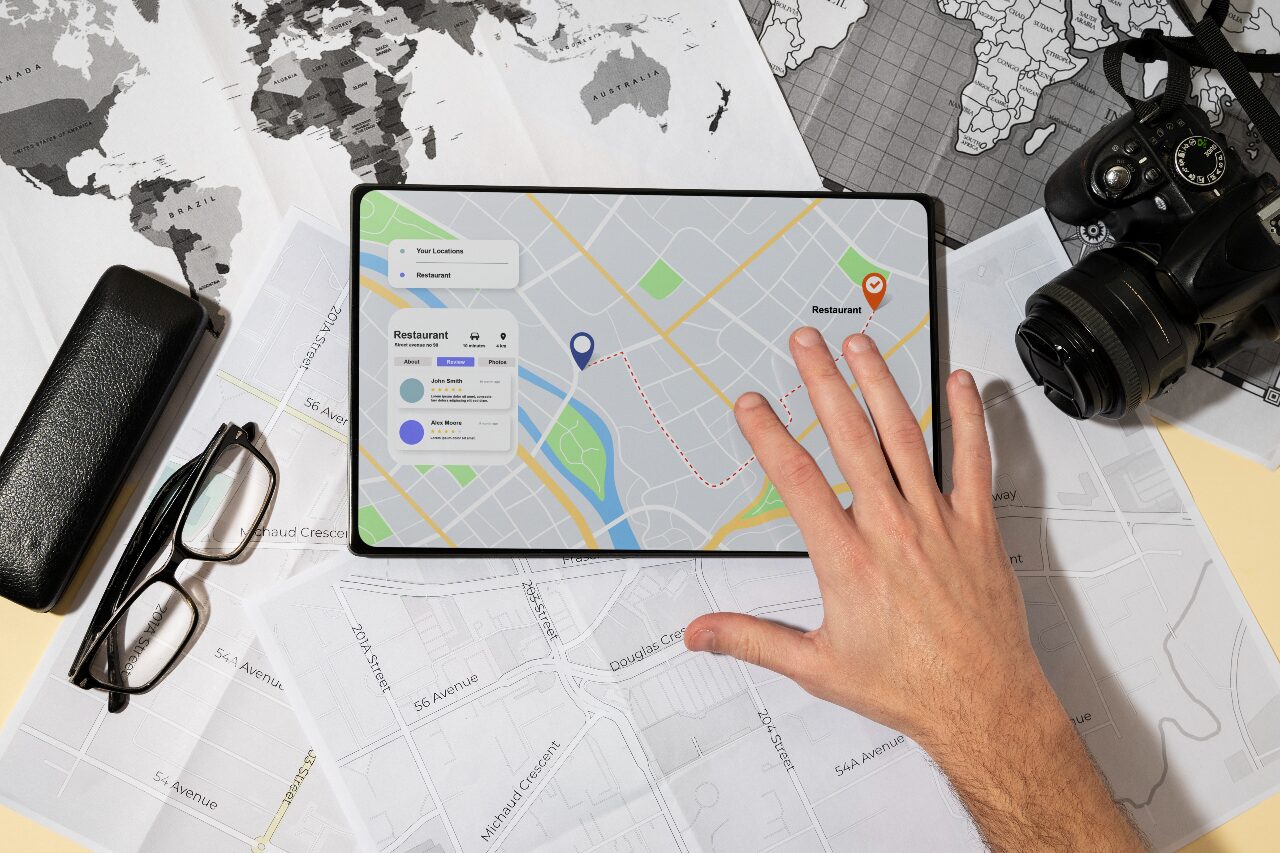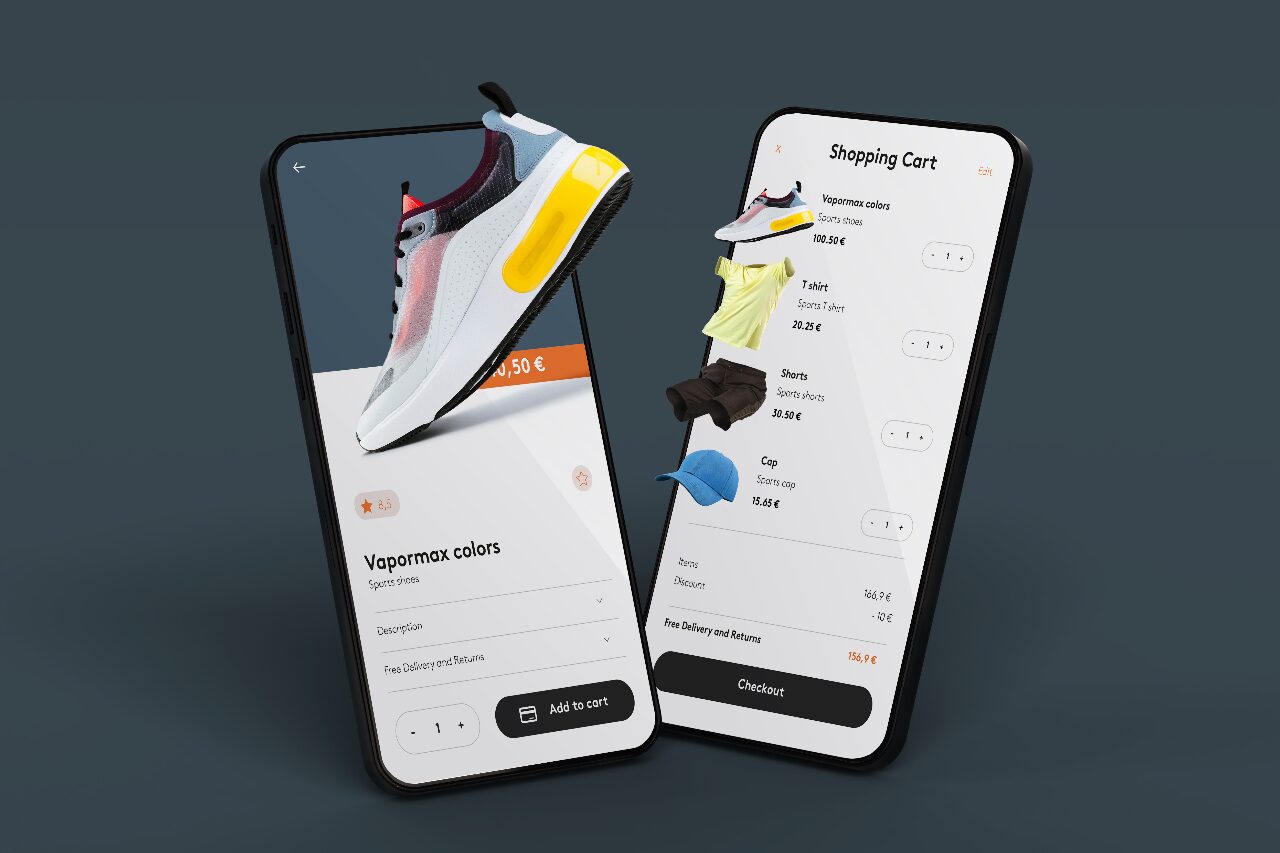If you’re serious about improving your website’s visibility in search engines, mastering on-page SEO is non-negotiable. Whether you’re a local business, an eCommerce brand, or the best SEO service provider company, strong on-page optimization is what ensures your website gets noticed by both users and search engines.
In this comprehensive guide, we’ll cover all the on-page SEO essentials you need to climb the rankings and drive more organic traffic.
What Is On-Page SEO?
On-page SEO refers to the practice of optimizing individual pages on your website to rank higher in search engine results and earn more relevant traffic. It involves both content and HTML source code optimizations, as opposed to off-page SEO, which focuses on external signals like backlinks.
For any website, especially if you’re aiming to be seen as the best SEO service provider company, strong on-page SEO builds the foundation for long-term digital growth.
Why On-Page SEO Matters
Search engines like Google are continually refining their algorithms to better understand user intent and content relevance. On-page SEO helps your site:
- Improve visibility in search results
- Enhance user experience (UX)
- Reduce bounce rates
- Increase dwell time and conversions
- Get indexed and crawled more effectively
Without it, even the most beautiful website may never get found.
1. Keyword Research and Placement
The first step in on-page SEO is targeted keyword research. Identify high-traffic, low-competition keywords your audience is searching for. Once you have your keywords, use them naturally in:
- Page titles
- Meta descriptions
- Headings (H1, H2, etc.)
- Image alt tags
- URLs
- First 100 words of your content
For instance, if you’re promoting your business as the best SEO service provider company, you should ensure this phrase is integrated naturally throughout your service pages and blog posts.
2. Optimize Page Titles and Meta Descriptions
Title tags and meta descriptions are critical for both SEO and CTR (click-through rates).
- Title Tag: Keep it under 60 characters and include your primary keyword.
- Meta Description: Stay under 160 characters, write compelling copy, and include your main keyword to improve visibility in search results.
Example:
Title: On-Page SEO Guide | Best SEO Service Provider Company Tips
Meta: Learn the core on-page SEO essentials to rank higher in Google. Advice from the best SEO service provider company experts.
3. Structure Your Content With Headers
Headers (H1, H2, H3…) help organize your content for readers and search engines.
- Use H1 for your main title (only one per page).
- Use H2s for major sections.
- Use H3s and beyond for subtopics.
This hierarchy helps Google understand your content’s structure and improves readability for your visitors.
4. Use SEO-Friendly URLs
Keep your URLs short, descriptive, and keyword-rich. Avoid dynamic strings and unnecessary words.
Good Example:
www.example.com/on-page-seo-guide
Bad Example:
www.example.com/page?id=127&category=seo
5. Optimize Images
Images enhance content, but they must be optimized for SEO:
- Use descriptive, keyword-rich filenames (e.g., on-page-seo-checklist.jpg)
- Add alt text that accurately describes the image
- Compress images for faster page loading
Page speed is a ranking factor, so reducing image size without losing quality is critical.
6. Improve Internal Linking
Internal links help distribute authority across your site and guide users to related content. They also assist with crawling and indexing.
Example: If you have a service page for your best SEO service provider company, link to it from blog posts discussing SEO trends, tips, or case studies.
7. Boost Page Speed
Google prioritizes fast-loading websites in search rankings. Improve page speed by:
- Enabling browser caching
- Minimizing JavaScript and CSS
- Using a reliable hosting provider
- Compressing images
- Implementing a content delivery network (CDN)
Use tools like Google PageSpeed Insights or GTmetrix to test your website’s performance.
8. Mobile-Friendly Design
Google uses mobile-first indexing, meaning it primarily uses the mobile version of content for indexing and ranking.
Ensure your website:
- Uses responsive design
- Has legible text without zooming
- Features easy navigation on small screens
- Avoids intrusive interstitials
9. High-Quality, Original Content
Content is the heart of on-page SEO. Your content should:
- Be unique and offer value
- Address search intent clearly
- Be well-written and grammatically correct
- Include visuals, lists, and examples for better engagement
And most importantly, speak directly to your audience. If your goal is to be the best SEO service provider company, your content must reflect that authority.
10. Schema Markup (Structured Data)
Schema markup helps search engines better understand your content and can enhance your listings with rich snippets like reviews, FAQs, and ratings.
Common types of schema:
- Organization
- Product
- FAQ
- Article
- Local Business
Using schema can improve visibility and CTR.
Conclusion
Mastering on-page SEO is crucial for climbing the ranks of Google and other search engines. By following the strategies outlined in this guide — from proper keyword usage to technical optimizations — you’ll be well on your way to becoming the best SEO service provider company in your niche.
Remember: SEO isn’t a one-time effort. Continual audits, updates, and content improvements are the key to long-term success.
Need Help With On-Page SEO?
As a leading and trusted best SEO service provider company, we specialize in on-page optimization that drives measurable results. Contact us today for a free SEO audit and take the first step toward higher rankings and more traffic.






